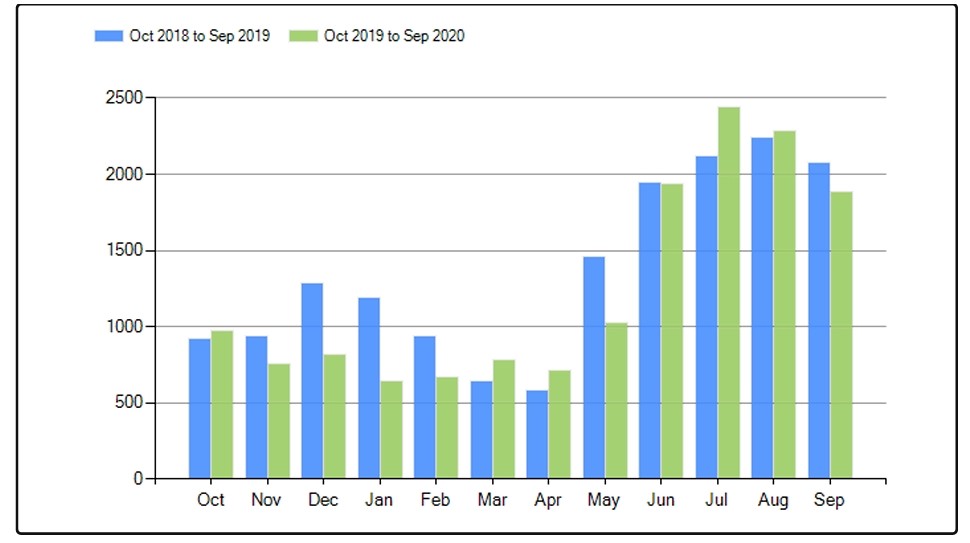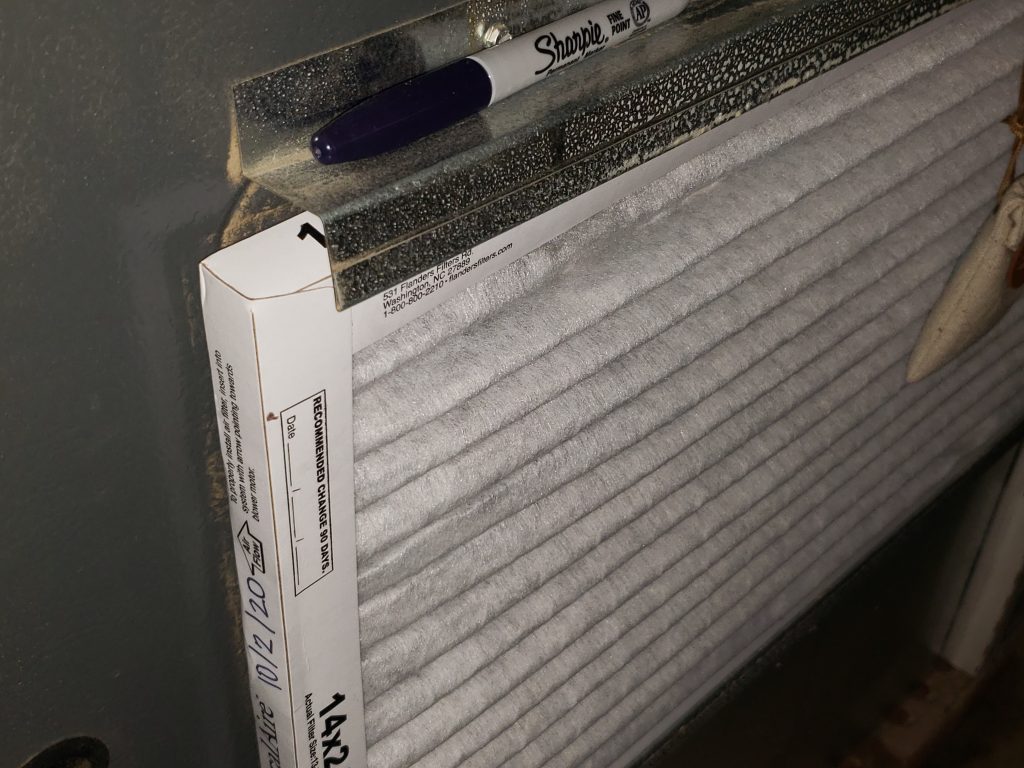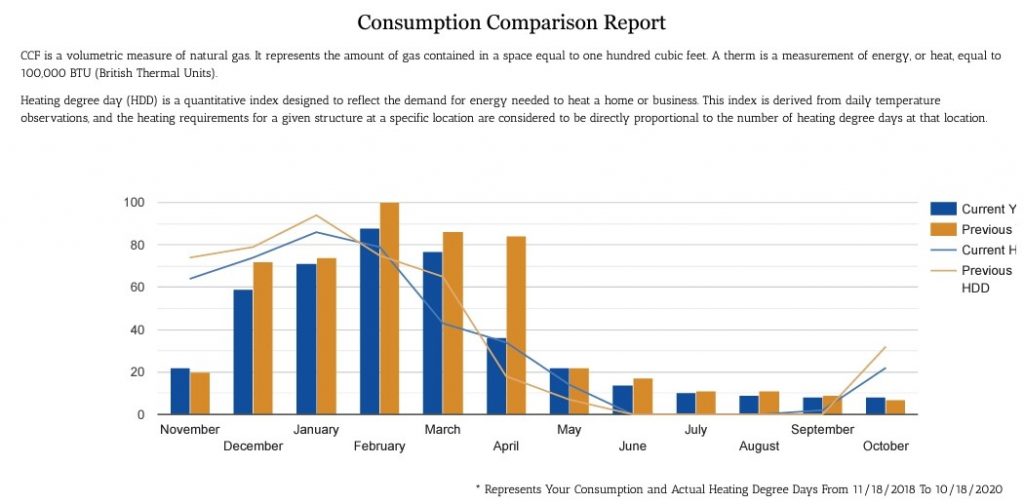With fall fully upon us, I’ve been running around trying to batten down the hatches for winter. We’ve had a couple of (new) homeowners come to us asking how to actually take care of their new investment. I decided to combine the two facets of my life and redirect the blog towards things that help you maintain your home and property. This will hopefully help avoid the dreaded professional repair costs from something that could have been caught by basic preventative home maintenance. Maintenance can also help save you in unexpected areas like your heating and cooling bill.
I’m going to begin with the obvious, your HVAC system. This is one of the most expensive and important systems in your home. Many people often don’t understand the requirements to keep it functioning.
1. Professional Maintenance
I have a local company come out every year and do a routine cleaning and inspection of the heater and A/C. I had them out just a couple of weeks ago in fact and for $99 I know that the system is clean, not leaking natural gas or corroding anywhere inside, and it’s performing as it’s supposed to.
My A/C unit is much older than my furnace and well beyond its life expectancy at 26 years old. However, I know it was well maintained by the previous owners and I know that I have it serviced regularly. So, although I have a contingency plan for its death, I have put off replacement due to other repairs my house needed when I bought it. Due to its age, there’s no way it’s the most energy efficient but I can monitor what it’s costing me to run.
Utility companies give you tools to help you notice invisible problems. These charts are from a 2-year period for my electric and gas usage pulled right off my account on the provider’s websites. I can compare the usage keeping in mind the variables, like kids away at college, extreme temperatures, or the new storm door I installed last year. With those in mind, I have a visual of the fairly steady performance of my HVAC system as the biggest users of both electricity and gas in my home. Also, knowing these numbers I can say that having an older unit has cost me less than $350 a year with extra electricity and the replacement part 2 years ago for the A/C, which is much less than a payment would be on a new unit.

2. The Filter
A clean HVAC unit operates at peak performance and lives its best, most efficient, and longest life. A huge part of this is your air filter or filters in some homes. A dirty air filter causes your system to work harder to pull air through which causes unnecessary wear and tear to the system and adds to your heating and cooling bills. I replace mine monthly because I have the DUSTIEST house since they built apartments across the street. I think every bit of the hole they dug up for their foundation ended up in my home.

3. Secure Ducts
I verify the ducts are still secured well to the subfloor so they aren’t shooting off into the basement instead of heating and cooling the living area. Which actually happens more than you would think. I now know when I find unexplained screws on the basement floor, there probably wasn’t a visit from the hardware store fairy, but something worked loose from us walking around upstairs. None of my ducts were disconnected so I pulled a picture from an inspection as an example below. That duct is losing treated air all around it. It probably needs replaced, not just reattached.
You can also check where the ducts connect to each other if they’re visible. Sometimes on my long runs, I’ll have to redo the tape seals that were used. I’ve smacked into mine more than a few times toting stuff around in the basement though. Ironically, they don’t actually get sealed with duct tape. It’s a foil backed tape that holds much longer and doesn’t dry out and fall off like duct tape will.

4. Clean Vents
Don’t be afraid to turn off your heat or A/C, pull off your vent covers, and stick your vacuum hose down it. I don’t stick attachments down mine without taping them on so I don’t have to go disconnecting any ducts for a parts rescue, but the dust and dirt seem to settle right at the bends anyhow. If you ever drop anything down your vents, this also makes retrieval a more pleasant experience. I doubt this improves the efficiency in any way, they’re just gross.

Little things you do can save you time and money in the long run. The best motivation I’ve found is finding a way to track my efforts. Whether it’s the utility charts or just the amount of dusting I have to do, there’s almost always a way to reward your efforts. For things like vacuuming the vents, it’s a bit like cleaning a window, it probably wasn’t dirty enough to hurt anything but it sure looks great clean!
As a final note, I’m not an expert, just a homeowner. These are things I do personally and haven’t had any issues with. Please contact a professional if you have concerns or questions about how to maintain or repair your specific system.



